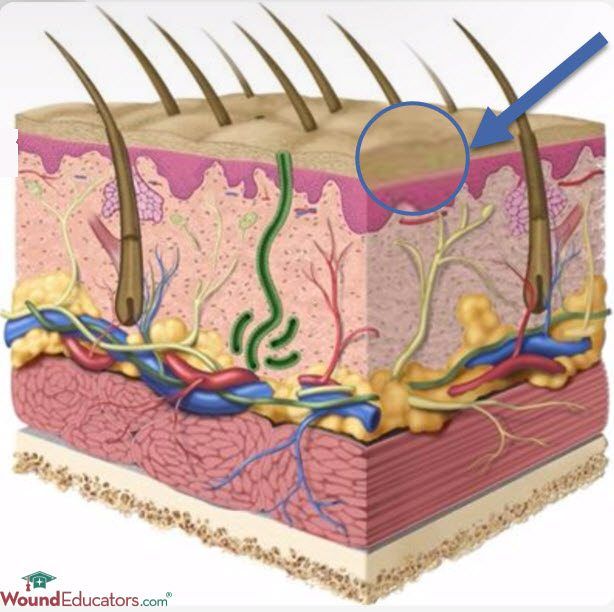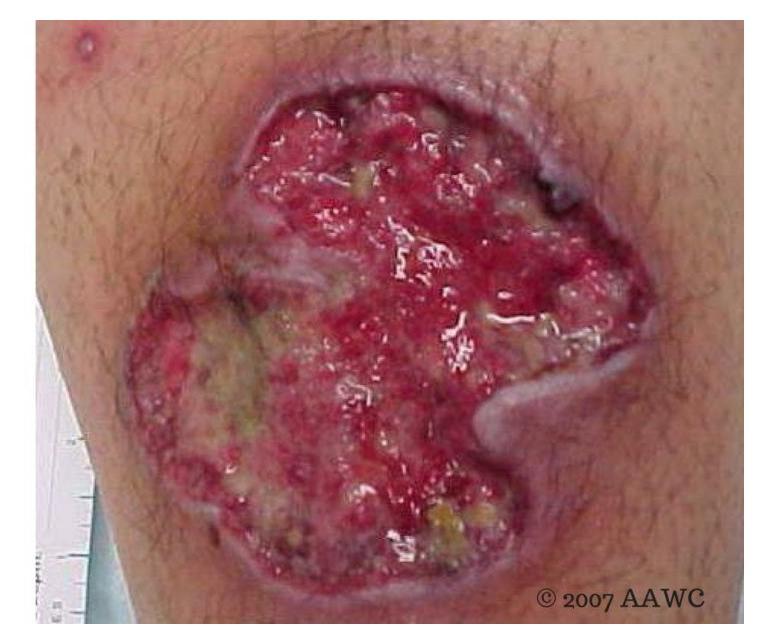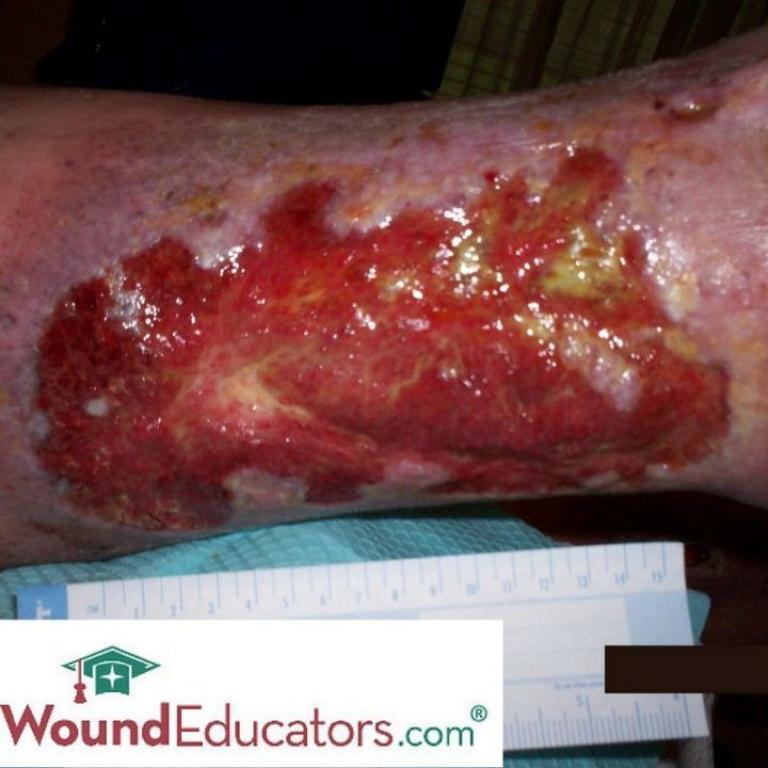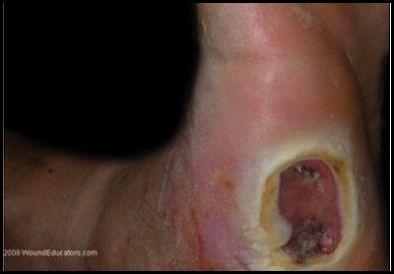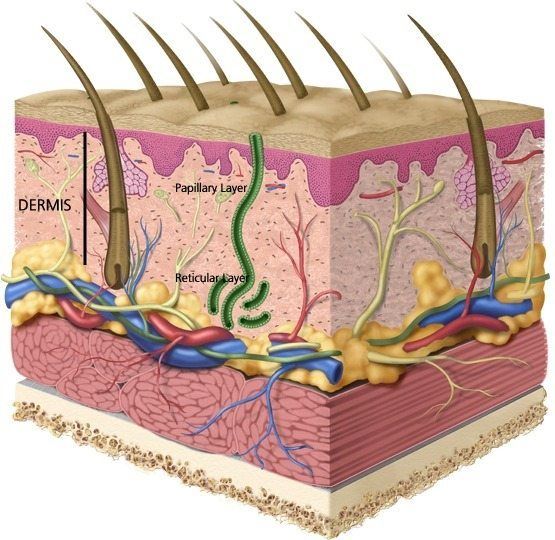Anatomy of the Skin – Overview
Anatomy of the Skin A good understanding of skin anatomy is necessary to be able to evaluate wound depth and the extent of damage to the tissues, as well as in the assessment of wound healing. How much do you remember (or how much have you forgotten!) about the anatomy of the skin? The skin…

